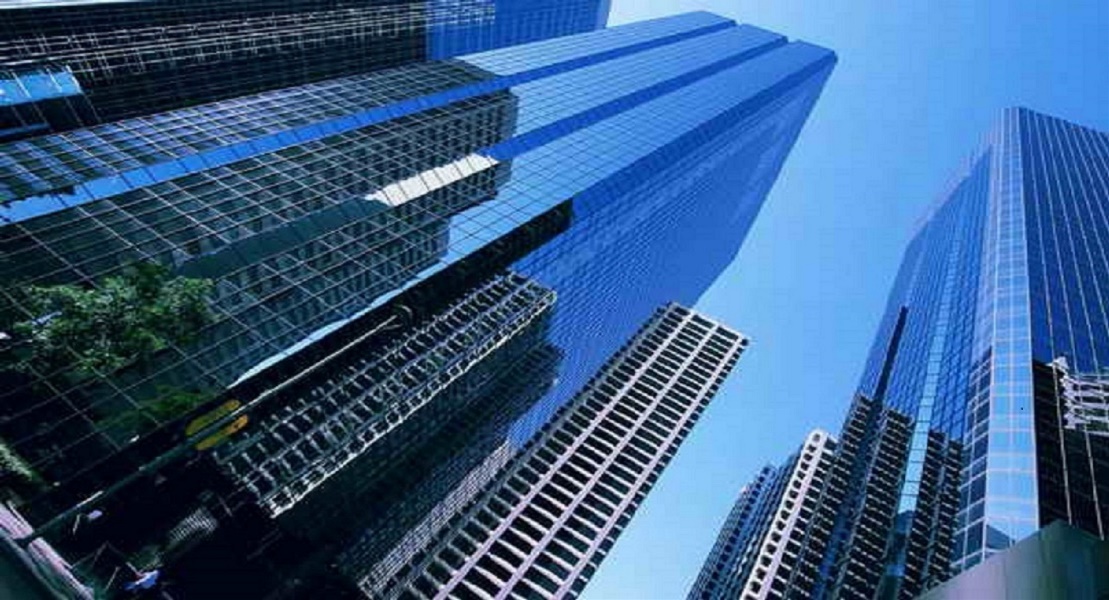DCT: Enhancing Efficiency, Reducing Impact
As the global population increases and the subsequent rapid urbanization results in altered climatic conditions such as the increase in temperature, the global demand for air-conditioning is rising exponentially.


According to a study by Strategy& Middle East international forecasts, global demand for air-conditioning is projected to triple over the next 30 years. Meeting this demand will be expensive, and to keep costs under control, the study recommends deploying district cooling where appropriate as this could lead to over US$1 trillion in energy savings worldwide through 2035.
District cooling technology (DCT) offers significant advantages over conventional cooling both in terms of costs and efficiency, especially in high cooling density areas – densely populated areas with a heavy demand for air-conditioning.
By aggregating demand and using the most energy-efficient technology while using less energy than even the most efficient stand-alone systems, district cooling is more cost-effective and energy-efficient over the long term than conventional cooling systems. District cooling is also more reliable, more energy efficient, and has less negative environmental impact than standard approaches to air-conditioning.
District cooling systems consume 60 percent less power than the average conventional cooling system and can reduce peak power capacity by up to 30 percent on average. Increased adoption of district cooling could reduce worldwide energy consumption by up to 5,000 terawatt-hours over the next 15 years.
The significant reduction in energy consumption by DCT also translates into greatly reduced environmental impact through effective curbing of the CO2 emissions. DCT also increases the aesthetic of the structures by doing away with the individual air-conditioning systems installed on the buildings, freeing up space for other better uses. The improved availability and reliability of cooling also lead to a better user experience as the district cooling systems are monitored more closely and consistently.
Cooling is one of the biggest challenges faced by countries in the middle eastern region, with summer temperatures often exceeding 50 degrees Celsius. 70% of electrical consumption in Saudi Arabia is due to cooling, and as the Kingdom strives for more energy efficient and carbon neutral economy, DCT gains critical importance to achieve these targets.
At Saudi Tabreed, we develop engineered district cooling solutions for improved performance & energy efficiency of buildings and industries and for the transformation of cities and territories into smarter, greener, and cleaner places. Making district cooling an effective and sustainable solution for energy optimization, we are thus accelerating the Kingdom’s transition towards a carbon-neutral economy.
Our implementation of the DCT has enabled critical reductions in energy consumption and carbon dioxide emissions in the Kingdom, saving 849,000 MWh in energy consumption annually while reducing 2,83,990 CO2e Tons in Green House Gas (GHG) emissions.
Owning and operating the largest district cooling portfolio in the Kingdom, we are constantly in the process of evolving and expanding our services to cover all the provinces. With the Kingdom projected to grow rapidly under its ambitious Vision 2030 and urbanize further in the coming decades, we are forging public-private partnerships with government entities and real estate developers to broaden the scope of the technological, environmental, and sustainable benefits of district cooling nationwide.
